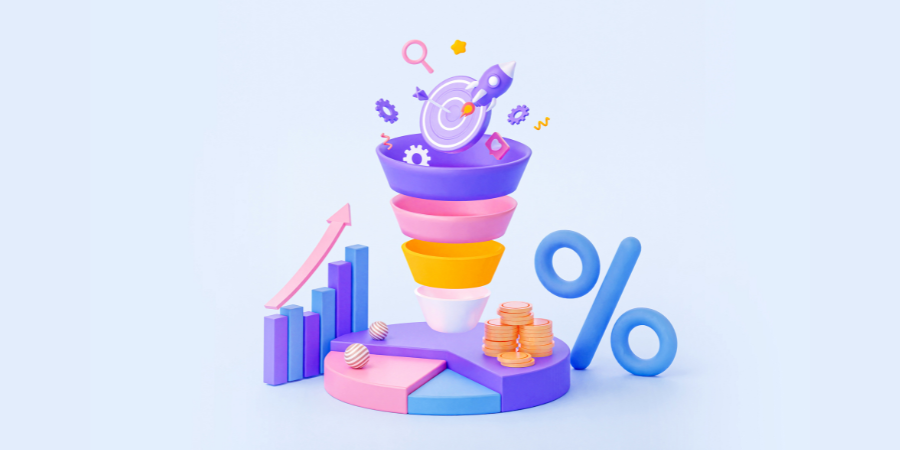
Lead funnels are a process – to bring potential customers into your network. Some people call them Sales funnels or Marketing funnels, but they’re all pretty much the same species!
A lead funnel has a series of levels – and you need to address all of these to make it work. Far too many people think that offering a freebie is enough and then wonder why their list isn’t buying.
A basic lead funnel usually has four levels:
- Free
- Low cost
- One-to-many
- Premium
Some have another level or two, depending on the type of business and alternative options on offer.
Let’s explore these four:
1: Free
In the vast majority of lead funnels the carrot to draw people in is a free digital document that offers real value to your target audience. And the key words here are ‘target audience’. Far too many people create a generic lead magnet that is of value, but to a wide variety of people, many of whom are not a good match for your business.
Your free download needs to be highly focused on solving a problem that most of your ideal clients are suffering from so the people who opt into your list are all potential clients, not just random people.
Do your research properly and offer something that has high value to people who need your services or your products to make their lives easier, increase their profits, or another powerful benefit.
2: Low cost
For most people ‘low cost’ means anything up to about £50, but if your product or service is priced in the thousands, then low cost might go well over £100 in value.
What are typical examples of low cost?
- Books
- Workbooks
- Templates
- Webinars (where everyone pays a fee)
- Coaching sessions
- Small products
Ideally, you’ll need to have a mostly automated system for people to access and pay for whatever you’re offering – otherwise it can become unviable and too labour intensive.
3: One-to-many
This level is offering something that is mid-range in cost, but delivers your value to many people at once. This helps you to gain a reputation as an expert and, if you manage it right, to generate an ongoing source of income.
This level might offer:
- A short course – whether that’s by email, online learning or via webinars. People pay the fee and get valuable content that is focused on their specific needs.
- A membership or subscription that is paid monthly in exchange for access to valuable information in a central hub.
- Group coaching – whether for a defined period or on an ongoing basis.
These are not the only options, but are probably the easiest to create.
4: Premium
This is the point at which people want to work directly with you one-to-one – and are prepared to pay well for it.
When you’re building your lead funnel you need to be quite clear about each level and not only what you’re offering, but also the value it has to the recipient.
Then your next step is to create the email campaigns that lead people from each level to the next.
